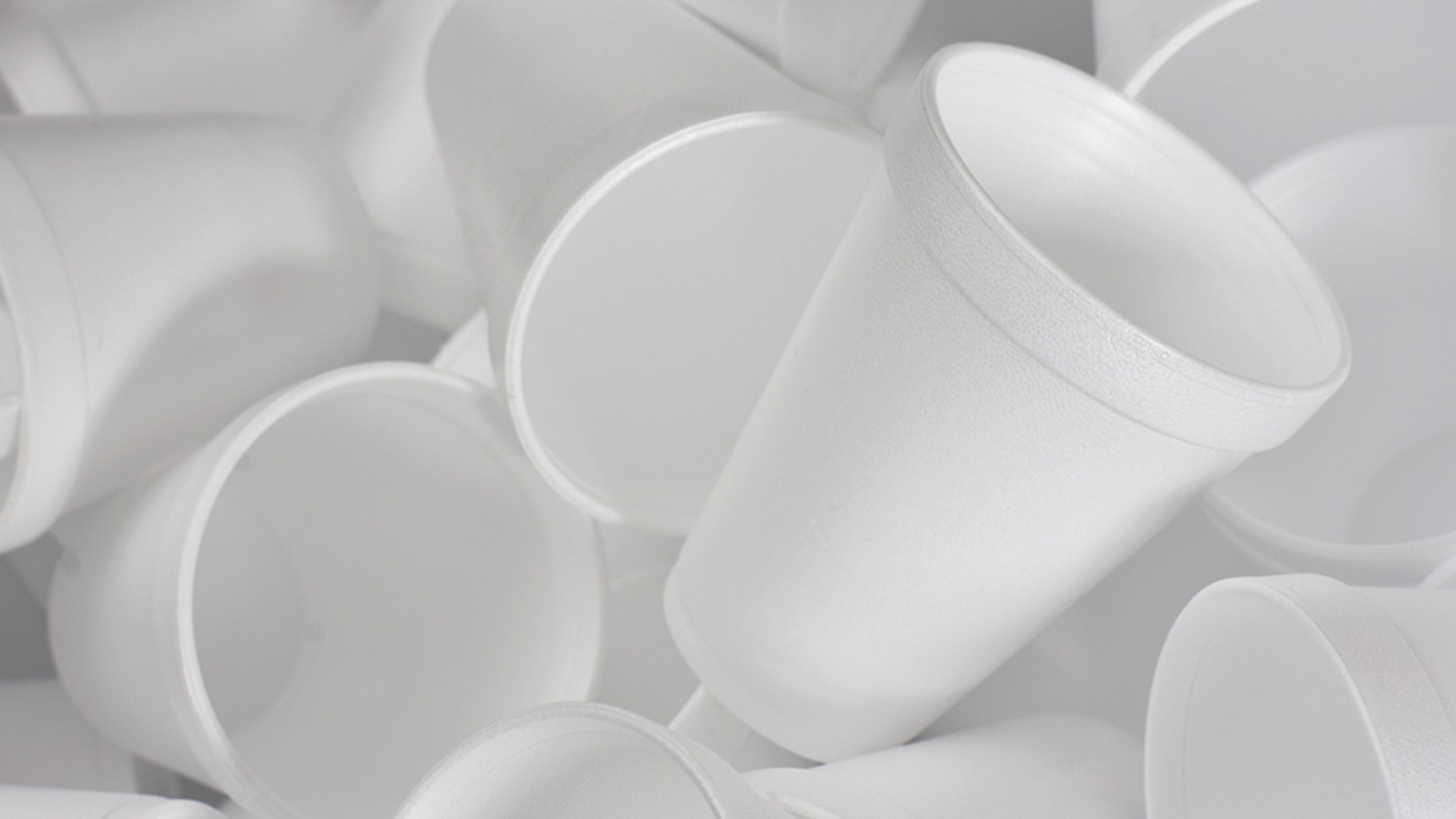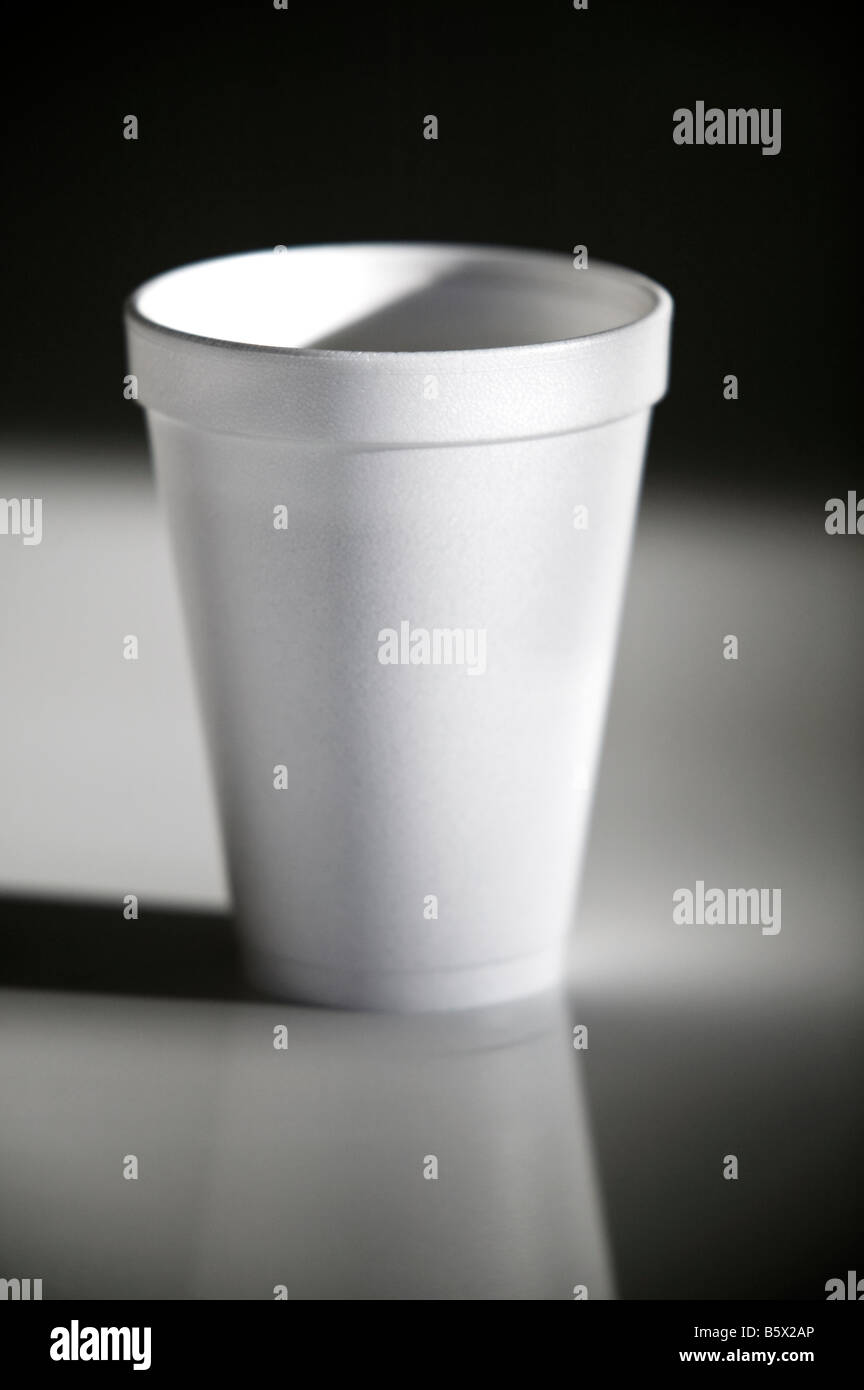
But certain conditions cause polystyrene to break down chemically and possibly leach styrene. Will use of styrofoam expose you to styrene in worrisome amounts? That’s the question.įor the occasional coffee, it may not be a big concern. Potential releases of styrene and its precursors during manufacture could also present problems. Photo : Andrew Moreton, Flickr Creative Commons. Styrofoam can break down into polystyrene beads, which can be consumed by aquatic and marine creatures. But the styrene monomer from which it is made is suspected of causing cancer and other health problems, and miniscule amounts of styrene could leach into your hot coffee. If your kid swallowed a piece of it, it probably would not hurt them, as long as it passed through.

Styrofoam is not exactly a, um, health food either. But styrofoam is notoriously hard to recycle, and is not accepted by most municipal recycling programs. Worse yet, it disassembles into its component little cells, which float away and can be consumed by aquatic and marine creatures.Ī lot of styrofoam waste does go into landfills (better than the ocean, but hardly great). Why, then, is styrofoam of environmental concern? Simply put, it gets into the ocean and other environmental realms, and it does not go away for a very, very long time. We love a radio-video piece by Jacob Fenston and Tyrone Turner of WAMU, who showed that styrofoam egg cartons are not necessarily better at protecting eggs. This is not to say that styrofoam is the only, or the best, material for these applications. So it may be great for boiling hot coffee, picnic coolers, bicycle helmets, home insulation, packing materials, restaurant carry-out containers and egg cartons. It is not dissolved by common liquids like water, serving as a barrier. It insulates that is, it slows heat transmission. In finished form, EPS has a number of useful properties. These expanded cells may then be formed and bonded into useful shapes. These dense, hard beads are softened by heat and expanded using things like steam and blowing agents, becoming much larger and less dense beads.ĭuring expansion, the beads become skinned cells that may be as little as 3 percent as heavy as the original bead, with most of the volume being gas. In manufacturing, polystyrene usually starts as small beads. This is what makes it useful for commercial products. And then when cooled again to room temperature, it becomes solid. Polystyrene is a plastic - meaning that when it is heated, it takes a liquid form that can be molded, shaped or extruded. The raw materials from which it is made are hydrocarbons (ethylene and benzene) that come from petroleum and natural gas. Various gases have been used to blow it up into foam form. The term polystyrene refers to a polymer (long chain molecule) of the monomer (smaller molecule) styrene. Polystyrene was discovered way back in 1839, was manufactured starting in the 1930s, then was first foamed in the 1940s, and first sold as coffee cups in the 1960s. This backgrounder will focus on the foam forms, since they have disproportional environmental impact. Polystyrene is the name for a whole family of plastics, and in various forms they are used for many other things than foam. Polystyrene is the name for a whole family of plastics … but the foam forms have disproportional environmental impact. The AP Stylebook settles for “plastic foam.”

Technical and legal sticklers may prefer the term expanded polystyrene, or EPS.

What is styrofoam?įirst, we are duty-bound to warn you that “Styrofoam“ is, legally, a trademarked name for a particular Dow product typically used as a building material.īut the word styrofoam is widely used in conversation and media when referring to expanded polystyrene foam - which you may use in that disposable cup or as “peanuts” to pack fragile things for shipping. Plus, for the latest developments, explore recent headlines on styrofoam and read this TipSheet. This month’s Backgrounder gives this long-troubling pollution source a deeper look. There is much for people (and journalists) to understand about the technical and environmental aspects of the plastic. That’s because many of the things that make styrofoam good for consumers and commerce also make it bad for the environment. Styrofoam may be good for keeping coffee hot, but it is also good for stirring up political controversy. Issue Backgrounder: Styrofoam Facts - Why You May Want To Bring Your Own Cup


 0 kommentar(er)
0 kommentar(er)
